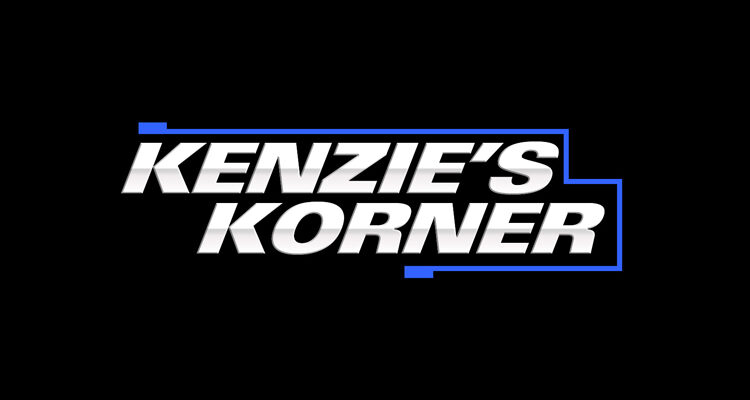In my series (so far, a series of 1…) on recycled car names, I have been thinking about some of the weird and wonderful names car companies have chosen for their vehicles.
It seems the Japanese manufacturers have been particularly colourful on this vector. Many of their best names never made it to our side of the Pacific, more’s the pity.
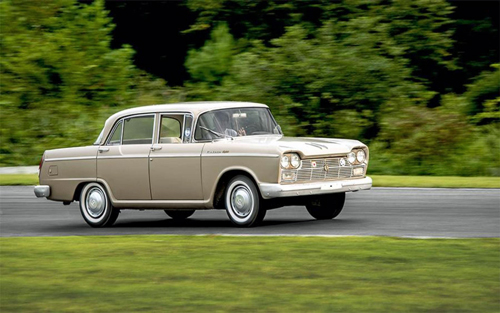
Nissan was especially creative.
For pure charm, “Nissan Cedric” takes some beating. It was originally used for a big sedan designed to compete with the Prince models “Skyline” and “Gloria”, both of which became Nissans after they bought Prince in 1966. Cedric sounds so “veddy British”, so maybe Nissan was looking for some upper-crust royalty rub-off.
Nissan’s sub-sub-compact Micra model “El Cute Tomato” probably remains my overall favourite car name. Surely available in only in green, yellow, and of course red.
Obviously, whoever decided on this name, or Mitsubishi’s “Minica Parsley Green”, didn’t really know what those words meant in English.
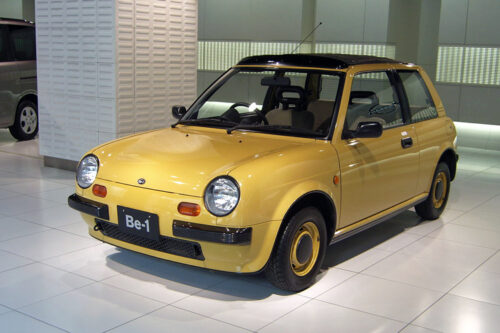
“Be-1” was another re-bodied Nissan Micra. Which “one” you were supposed to “be” was never made clear. Nissan even came up with a restaurant based on this car. We ate there once. One of the massive headlights from this car was located under each glass-topped dinner table, illuminating our meal.
Like most of these specially-named models, Be-1 was the hottest thing going. Also like most of them, the car lasted about six months, then overnight it became yesterday’s news. Likewise, the restaurant.
Nissan introduced a seminal two-seat sports car for the 1970 model year, the “Fairlady”. Again, a certain elegance to the name – perhaps someone in Nissan’s nomenclature department was an Anglophile? But Fairlady didn’t have the sporty connotation they were looking for in foreign markets, so it became the Datsun 240Z. Followed by 260Z, 280Z, 280ZX, 300ZX, 350ZX, 370ZX, etc. Now they have settled on simply “Z”.
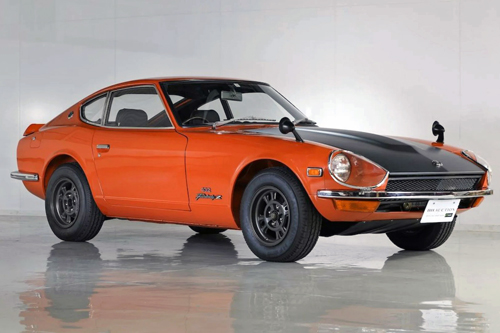
Back to Mitsubishi. It has used “Mirage” for many years, on a variety of cars. Merriam-Webster has the definition of “mirage” as “something that isn’t there”. Maybe they were presaging the current rash of car thefts?
How about the Daihatsu “Charade”? “Pretense, deception, travesty”? Hm-mm.
Isuzu offered two big trucks. One was called the “Flat Low”, the other “Just Low”. Presumably the latter was not flat, but merely low.
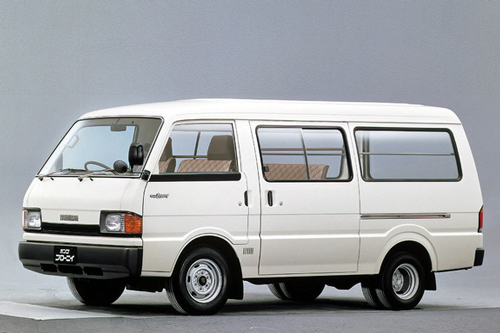
Mazda used to have a minivan in Japan called the “Bongo.” Cool enough, but the four-wheel drive version was called the “Bongo Brawny”. Wonderful. Later versions were dubbed “Bongo Friendee” and a Ford-badged Japan-only Bongo called the Ford “Freda”. I couldn’t make this stuff up.
The Japanese weren’t alone in the weirdness of car names. Anybody (else…) out there old enough to remember the Chevrolet “Caprice”? Websters has that as “whimsicality”. Is that the connotation you want your full-size family sedan?
Domestic car makers occasionally ran into trouble using foreign words in their nomenclature.
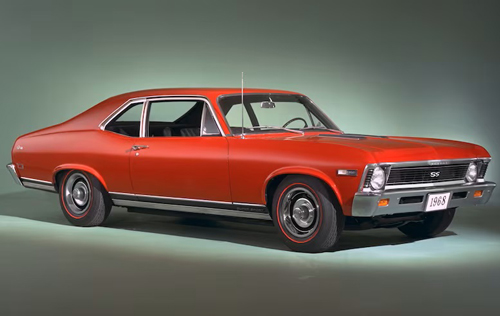
Perhaps the best known of these is the Chevrolet “Nova”. “No va,” in Spanish, of course, means “does not go.”
Issues like these led car makers to start using just alpha-numeric names in the increasingly global marketplace.
But Toyota still ran into a language-based issue with their neat little sports car, the MR2.
The characters stood for “M”id-engined “R”ear-wheel drive, “2”-seater. Kinda neat. Needless perhaps to say, this became widely known as “Mister Two”.
Except when pronounced in French, it did not become “Monsieur Deux”. “MR2” is roughly pronounced “emm-air-duh”, which in turn is roughly, um, semi-solid human or animal exhaust emissions.
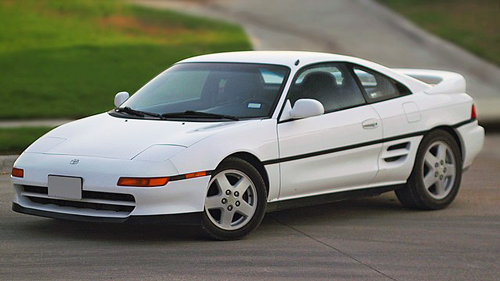
As a result, in France, the car was re-badged just “MR”. In Québec? You had to ignore the stifled laughter from your friends about your “s__t” car.
The alpha-numeric naming concept had lots of history, c.f., Jaguar XK120, and Mercedes-Benz 300S. In these cases, the letters and numbers actually meant something. “120” was the Jag’s alleged top speed in miles per hour (subsequent models reached 140 and 150 m.p.h., hence XK140 and XK150).
The 300 in the Merc reflected the engine’s displacement (3.0 litres).
Nowadays, the letter-number combinations are typically meaningless.
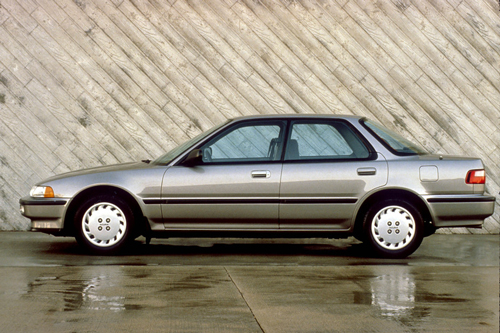
For example, I still think Acura made a horrible mistake when it dropped the more-or-less real-word names of its smaller (Integra) and larger (Legend) cars in favour of RSX and RL respectively. (I had to look those last two names up, which sort of proves my point.)
The theory proposed by Acura’s marketing types was that people who owned a BMW would typically say they owned a “BMW,” rather than a “3-Series” or “5-Series.” Acura wanted people to associate with the car brand, not with the model. So they tossed away hard-earned years of Legend and Integra name recognition.
Alpha-numerics are also largely interchangeable. Does anyone really know that “XTS” was a Cadillac and “TSX” an Acura? Speaking of, does anyone but Acura sales reps (maybe even including Acura sales reps) know the difference between an “MDX” and an “RDX”? (Hint – the MDX is bigger and pricier than the RDX. Why the bigger car has an alphabetically lower label is anyone’s guess.)
Then there was the Pontiac 6000 LE. The type face was a blocky, squarish design, meaning the “6” looked like a “G”. So that car became known as the “Goolee”.
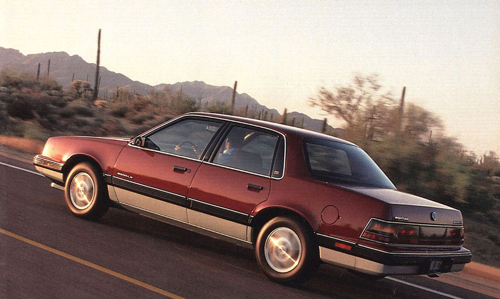
Still, maybe my favourite car naming story of all time concerns a mid-size mid-luxury sedan Ford was planning in the mid-1950s, to supplement the Mercury in Ford’s fight for that market segment against GM’s Buick and Oldsmobile.
Thousands of names were studied. They even hired a poet, Marianne Moore, to come up with some out-of-the-box names. Did she ever: “Intelligent Bullet,” “Utopian Turtletop” and “Thunderblender” are among my favourites from her list.
Interesting too that some of her suggestions did find their way onto other cars, including
“Cresta” (Vauxhall); “Mongoose Civique” (a re-spelling of the latter half of which of course became the best-selling Honda); “Chaparral” (a very successful racing car of the mid-1960s); and “Diamanté” (Mitsubishi).
Ford’s board finally boiled the list to four contenders, none of which came from Ms Moore’s fertile imagination.
To wit: “Ranger”, “Pacer”, “Citation”, and “Corsair”.
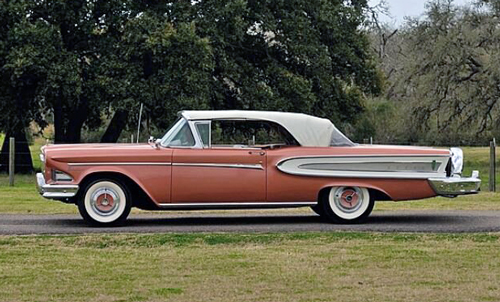
But they couldn’t agree on one of these for the overall brand name. According to legend, the decision was made by the top dog, Henry Ford II. It was one they had rejected out of hand before the process had even begun – the name of company founder Henry Ford’s only son, and HFII’s Dad.
“Edsel”.
Which became the automotive metaphor for failure.
The four finalists became the trim levels for the short-loved car.
Interesting too that all four of those had other lives. “Ranger” was used for Ford’s compact pick-up from 1983 until 2012, then resurrected in 2019 for a mid-size pick-up. “Corsair” became a European Ford model. “Citation” was obtained by GM and put on their disastrous compact front-driver of 1980. “Pacer” – well, “Wayne’s World” can tell you all you need to know about that.
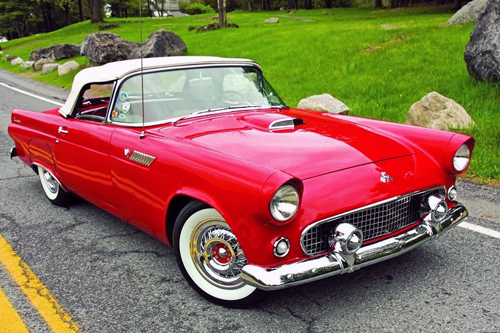
Ford didn’t always get it wrong. “Thunderbird” is one of the great car names of all time. Not only does it represent power and majesty, but it is as American as it gets.
Likewise, “Mustang”, which – despite it being initially applied to a re-bodied version of the distinctly in-distinctive Ford Falcon – is about to sail into its second half-century. Until Ford recently sullied it by applying it to an SUV. An electric SUV. The world is changing.



